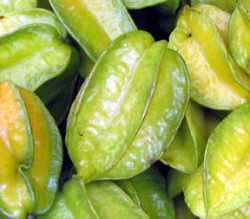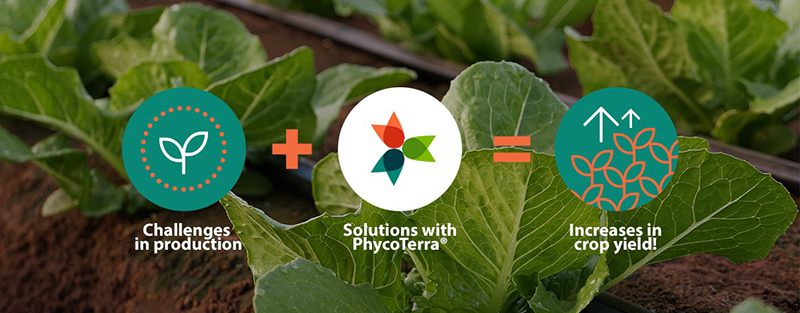Pros and Cons of Growing Tropical Fruit in Florida

Jonathan Crane, UF/IFAS professor, Tropical Research and Education Center, has hands-on knowledge of what many would call funny looking fruit. Tropical and subtropical fruit crops come in many shapes and sizes and are gaining interest from some growers looking to develop a niche.
As Crane informed attendees of the 2010 Florida Ag Expo, the acreage of tropical fruits in South Florida has fluctuated over the years due to a number of factors. “The economic viability of tropical crops, changing consumer demand, and introduction of new varieties has impacted acreage,” he says. “A key factor is that tropical crops like warm to hot temperatures, and for most of them, that means year-round.”
How Low Can You Go?
Another weather concern that must be considered is late frosts. A crop might establish a beautiful bloom, but a late spring frost can come along and kill the blooms. The tree might survive, but not the crop. Crane notes this happened to lychee growers in Florida in the 1940s and 1950s.
Location, Location, Location
“We know there are microclimates throughout the state that are more suited for tropical fruits,” says Crane. “Areas like Merritt Island, Lee County, Homestead, and Lake Okeechobee [see map]. The closer to water you are the better, which includes the lakes and coasts.”
Crane also recommends well drained and well formed beds for tropical fruits and cautions that blooming and fruiting during the rainy season might be a problem with some crops.
Pros And Cons
Jackfruit
Attributes
– Numerous cultivars for specialty markets
– Easily kept small (<12 feet)
Problems
– Freeze tolerance varies with cultivar
– Overbearing fruit
– Vulnerable to some insect
and disease pressure
Carambola
Attributes
– Cold tolerance to 26°F to 28°F
– Numerous cultivars
– Easy to control tree size
– Seedless to near seedless fruit possible
– Potential for protected culture
Problems
– Wind sensitive
– Needs air and soil temperatures greater ≥68°F
– Some mite problems in protected culture
Banana
Attributes
– Relatively fast growing
– Numerous specialty cultivars
– Potential for organic and
ornamental markets
– Potential for protected culture
Problems
– Not freeze tolerant
– Vulnerable to several diseases (cultivar dependent)
Olive
Attributes
– Cold tolerance to ~12°F (fruit to 28°F)
– Excellent fruit
– Numerous cultivars to develop potential niche markets
Problems
– Potential losses due to late spring frosts
– Some insect and disease problems
– Competition from other regions
Sapodilla
Attributes
– Cold tolerance to ~26°F
– Few cultural problems
– A number of cultivars to choose from
– Tree-size control possible
Problems
– Vulnerable to some lepidoptera pests
– Considered invasive in some areas










